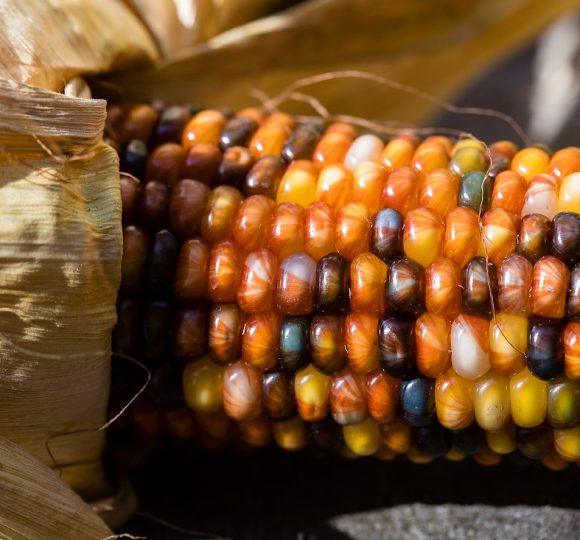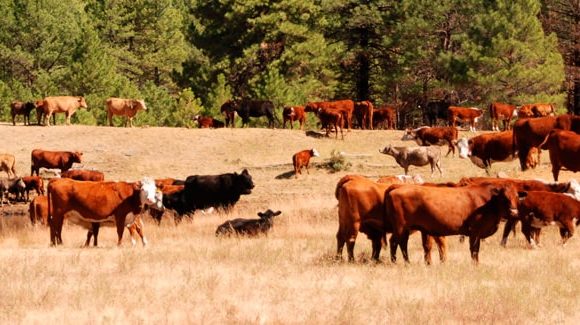Payment limits set a maximum amount of farm commodity program payments per person. Limits were created in 1970 and continue today. Federal deficits and perceived inequities in the distribution of payments have heightened congressional attention. The Administration’s proposal for the 2007 farm bill would impose a tighter income gap to qualify for government payments (means testing). H.R. 124 would mandate new rules to reduce the use of schemes to avoid limits. Other bills addresssing payment limits are expected as lawmakers continue to consider the distribution and effect of subsidies.
Tighter payment limits would likely affect more southern cotton and rice farms than midwestern feed grain and oilseed farms. Fewer acres of cotton or rice are needed to reach the limit, since payments per acre are higher. Tighter household income limits may not necessarily affect the same farms, as nonfarm sources of income affect means testing and some large farms may have low net income. This report will be updated.





